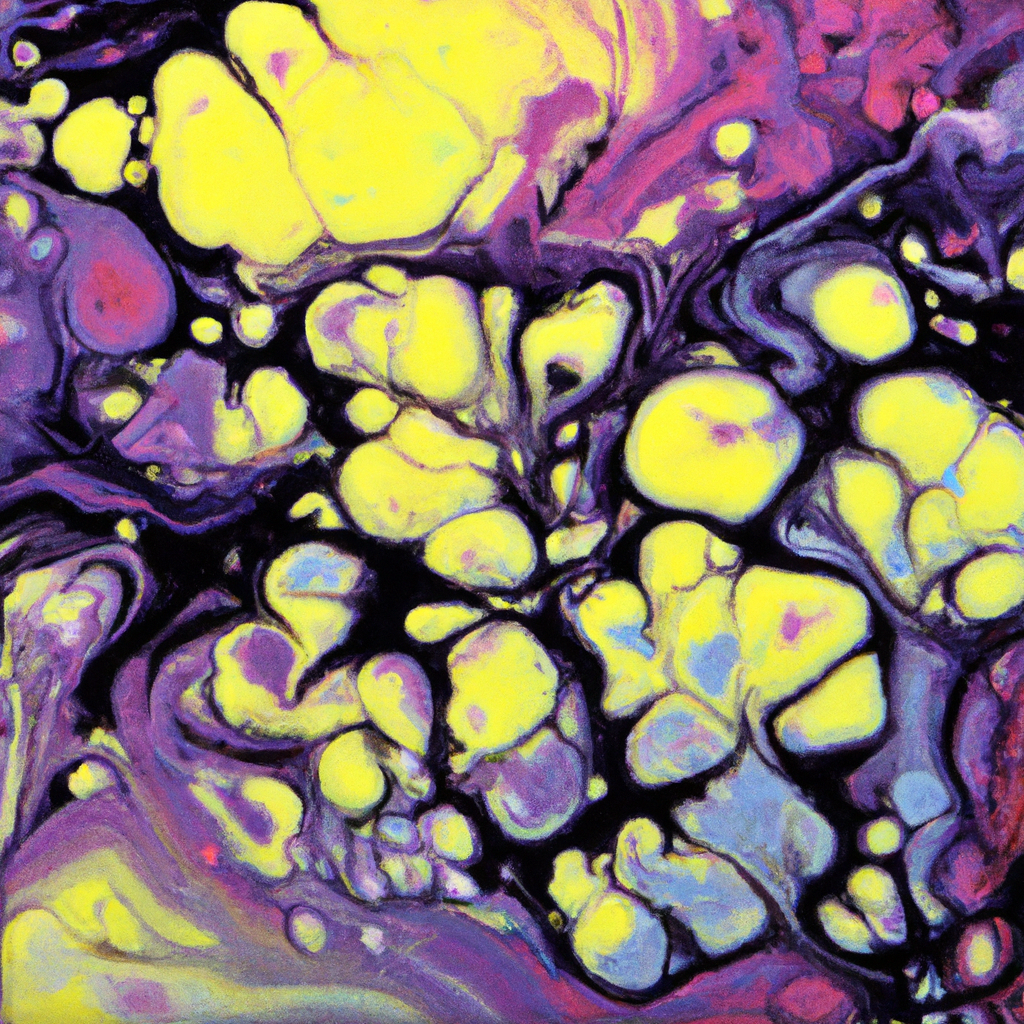In this article, you will learn effective techniques for making acrylic paint waterproof. Acrylic paint is a popular medium among artists, but it is susceptible to water damage, which can compromise the longevity and quality of the artwork. By following the methods outlined in this article, you will be able to protect your acrylic paintings from moisture, ensuring their durability and preserving their vibrant colors for years to come.
Choosing the Right Acrylic Paint
When it comes to acrylic paint, it is essential to opt for a high-quality brand. High-quality paints often have better pigmentation and a higher concentration of binders, resulting in a more vibrant and long-lasting finish. Additionally, reputable brands have a track record of producing reliable and durable paints, offering you peace of mind in your choice.
Another factor to consider when choosing an acrylic paint is whether it has a sealer or varnish already mixed in. This feature can save you time and effort, as it eliminates the need for an additional protective coating. Look for paints labeled as “self-sealing” or “varnish included,” as these options provide added protection for your painted surface.
Lastly, consider using a medium to enhance the waterproof properties of your acrylic paint. Acrylic mediums, such as gloss or matte mediums, can be mixed with the paint to create a protective barrier on the surface. These mediums not only improve the durability of the paint but also contribute to the overall appearance, giving it a professional finish.
Preparing the Surface
Before applying acrylic paint, proper surface preparation is crucial to ensure its adhesion and longevity. Start by cleaning the surface thoroughly using a mild soap or detergent and warm water. Remove any dirt, dust, or grease that may hinder the paint from adhering properly.
If the surface you plan to paint on is porous or uneven, it is advisable to prime it before applying acrylic paint. Primers create a smooth and stable surface, allowing the paint to adhere better and reducing the risk of peeling or cracking. Choose a primer suitable for your desired surface, such as a wood primer for wooden surfaces or a metal primer for metal surfaces.
For surfaces that are already smooth and non-porous, such as glass or plastic, sanding can improve the paint’s adhesion. Lightly sand the surface using fine-grit sandpaper, creating a slightly rough texture to promote better bonding between the paint and the surface.

This image is property of images.unsplash.com.
Applying the Acrylic Paint
When it comes to applying acrylic paint, it is best to work in multiple thin coats rather than a single thick layer. Thin coats dry faster, allowing you to build up the desired color and texture gradually. This approach also prevents the paint from cracking or peeling as it dries.
Allow sufficient drying time between coats to ensure that each layer is completely dry before applying the next one. This will prevent the paint from smudging or mixing unintentionally and will help maintain the integrity of each individual layer.
When applying acrylic paint, you have the option of using either a brush or a roller. Both tools can provide an even application, but brushes allow for more precise detailing, while rollers are suitable for larger surfaces. Choose the tool that best suits your project and apply the paint in smooth, even strokes for a professional-looking finish.
Adding a Protective Coating
To further enhance the waterproofing capabilities of your acrylic paint, it is advisable to apply a clear protective varnish or sealer. These products create a protective layer over the paint, shielding it from moisture and preserving its color and texture.
When selecting a protective coating, consider the finish you desire. You can choose between matte, satin, or gloss finishes, depending on your preference. Matte finishes offer a more subtle and non-reflective appearance, while satin finishes have a gentle sheen. Gloss finishes provide a high shine and are excellent for showcasing vibrant colors.
Always follow the manufacturer’s instructions when applying the protective coating. Different products may have specific application methods or drying times, so it is crucial to adhere to their guidelines for optimal results. Apply the protective coating evenly and allow it to dry completely before subjecting the painted surface to any moisture.

This image is property of images.unsplash.com.
Using Waterproof Additives
If you want to take your waterproofing efforts a step further, consider using a waterproofing additive in your acrylic paint. These additives are specially formulated to mix seamlessly with the paint, enhancing its water resistance and durability.
When using a waterproofing additive, make sure to mix it thoroughly into the paint before application. Follow the manufacturer’s instructions regarding the appropriate ratio of paint to additive, as well as the method of incorporation. By incorporating a waterproofing additive, you can increase the longevity and resistance of your acrylic paint to moisture.
Sealing with a Heat Gun or Iron
An alternative way to seal acrylic paint and make it waterproof is by using a heat gun. The heat gun applies heat evenly across the paint, allowing it to bond to the surface effectively. Be sure to use the heat gun at a moderate temperature and maintain a safe distance to prevent damaging the paint or surface.
If you don’t have access to a heat gun, you can use an iron as an alternative. Place a clean cloth over the painted surface and gently press the iron over the cloth on a low heat setting. The heat will help seal the paint, making it more resistant to water and other substances.
It is essential to exercise caution when applying heat to the painted surface. Always test the method on a small inconspicuous area before proceeding with the entire surface to ensure that the paint and surface can withstand the heat without any adverse effects.

This image is property of images.unsplash.com.
Curing and Drying Time
To ensure the long-lasting durability of your acrylic paint, it is crucial to follow the recommended curing and drying time. Curing time refers to the period required for the paint to reach its maximum hardness and resistance. Drying time, on the other hand, refers to the time it takes for the paint to dry completely.
Most acrylic paints have a specified curing time, which can range from a few days to several weeks. During this period, it is important to leave the painted object undisturbed to allow the paint to fully bond and harden. Avoid exposing the painted object to excessive moisture or harsh conditions that may compromise the integrity of the paint.
Drying time varies depending on factors such as humidity, temperature, and the thickness of the paint layers. It is best to allow ample drying time to prevent smudging or damage to the paint. Be patient and let the paint dry completely before handling or subjecting it to any contact.
Taking Care of Waterproofed Acrylic Paint
While waterproofed acrylic paint offers added protection against moisture, it is essential to take proper care to maintain its longevity. Avoid exposing the painted object to direct contact with water, as prolonged exposure can still compromise the paint’s integrity over time.
When cleaning a surface with waterproofed acrylic paint, use a damp cloth instead of soaking it in water. Gently wipe the surface, ensuring not to scrub or rub harshly, as this may lead to damage or peeling of the paint. By using a damp cloth, you can remove any dirt or stains while minimizing the risk of water damage.
Periodically, it is advisable to reapply a protective coating to maintain the waterproofing properties of your acrylic paint. Over time, the protective layer may wear off due to exposure to the elements or regular usage. Reapplying a clear varnish or sealer will ensure that your paint remains safeguarded and maintains its vibrant appearance.
Testing the Waterproofed Paint
Before considering your project complete, it is important to perform a water resistance test to ensure the effectiveness of your waterproofed acrylic paint. Dip a small area of the painted surface in water for a short period and observe the results.
If the paint remains unaffected by the water, without any signs of swelling, peeling, or discoloration, then your waterproofing efforts have been successful. However, if you notice any adverse changes, it may be necessary to make necessary adjustments or consider adding another layer of protective coating.
Additional Tips and Considerations
As you explore the world of acrylic painting and waterproofing, consider experimenting with different techniques and methods. Acrylic paint offers a versatile medium that allows for creativity and innovation. Trying out various approaches can lead to unique and stunning results.
While working with acrylic paint, it is crucial to wear appropriate protective gear to ensure your safety. Disposable gloves, goggles, and a mask can protect you from any potential harm, especially when handling paint thinners, mediums, or waterproofing additives. Prioritize your well-being and work in a well-ventilated area to minimize exposure to any fumes or particles.
Lastly, allow ample ventilation in your workspace when working with acrylic paint. Adequate ventilation helps dissipate any fumes from the paint and ensures a comfortable and safe environment.
In conclusion, by carefully choosing the right acrylic paint, adequately preparing the surface, applying multiple thin coats, applying a protective coating, using waterproof additives, sealing with a heat gun or iron, following the recommended curing and drying time, taking care of waterproofed acrylic paint, testing its resistance, and considering additional tips and considerations, you can successfully make your acrylic paint waterproof. With the appropriate techniques and precautions, your artworks or painted surfaces can withstand the test of time while maintaining their vibrant colors and longevity.



